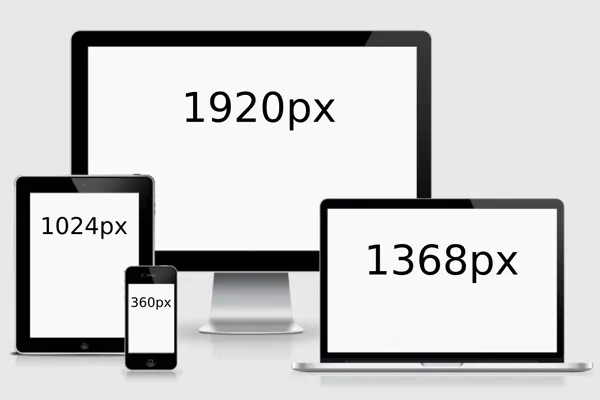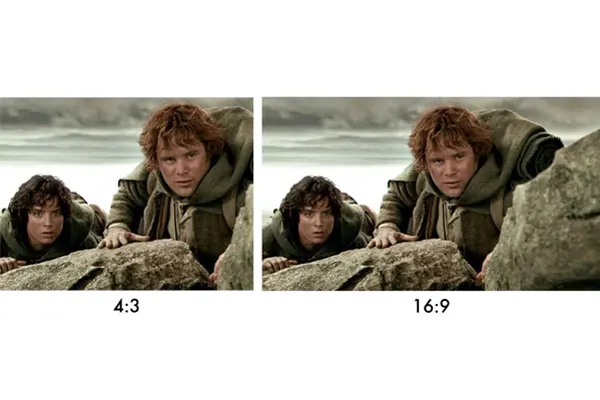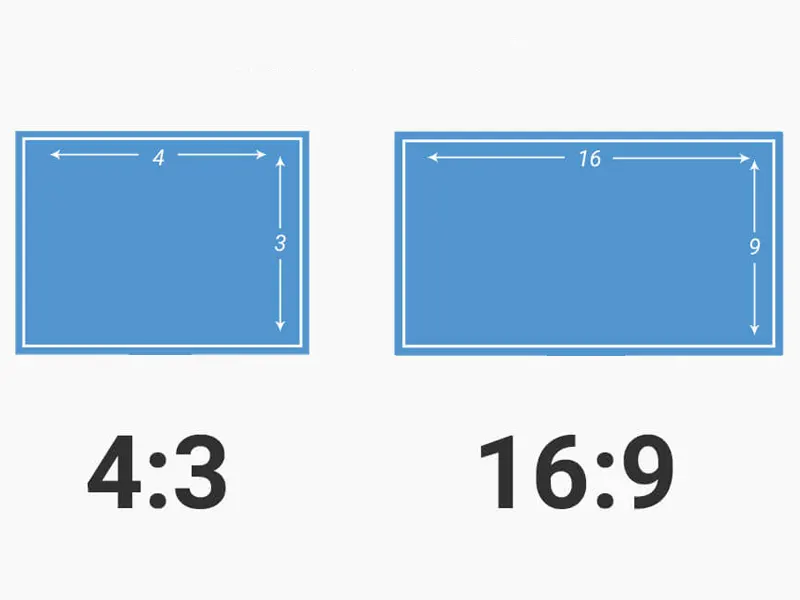The world has progressed so much after the invention of electricity. Innovations are coming every day. As a result, better electronic devices are available with superior features. The same is the case with LED display screens. Today, there is a wide variety of LED screens available. And each one of them has a versatile part installed in it. Knowing these features is key to buying an exemplary screen. I will discuss the best aspect ratios for LED screens in this post.
We have aspect ratios for images, videos, or display screens. 16:9 has standardized as the aspect ratio of LED screens. It is a popular and sought-after aspect ratio. With the 16:9 ratio, the video content will match perfectly with the display screen. As a result, we will see the best visual effect. 16:9 is a standard aspect ratio of video sources.

Enough of this. You might be wondering what this aspect ratio means. Why is it important? What are some common ratios that we have? And what is the best aspect ratio of the LED display? Okay then. We will start by discussing what the aspect ratio is. And then move on ahead.
What does the aspect ratio of the display screen mean?
The aspect ratio is the relationship between the display’s height and width. As the name indicates, you can write it as a ratio (x:y). Here, x marks the width, and y indicates the height of the display.
We can express the aspect ratio as N:1 also, where N= Width/Height. So, for instance, we can also write 16:9 as 1.78:1 (16/9:1).
The aspect ratio’s first component represents the image’s horizontal part. At the same time, the second component represents the vertical part of the image. So it implements when there is a ratio, i.e., two numbers having a colon between them. But when you write the aspect ratio in decimals, this formula doesn’t apply.
The primary unit for the measurement of aspect ratio is pixels. But we can also measure it in other units such as:
- Feet
- Meters
- LED panels
- Square (1:1) widgets
The aspect ratio doesn’t decide the size of the image but its shape and ratio. For example, the image on the screen differs from the one on the smartphone. You need to understand this concept. It is a relationship between height and width.

Why is aspect ratio such a big thing?
The aspect ratio affects the visuals of the image. Thus, every content should have the best ratio. In this way, you can achieve the ideal display. Aspect ratio affects two things:
- First, how do you capture your image or create video content?
- What does it look like for the final print or display?
The aspect ratio decides on which screen you will display the content. Since every display screen has a different ratio, you will need to match it with the screen. The content will appear distorted if the ratio does not fit our screen. Thus, you may understand its importance, i.e., why you will need to optimize the aspect ratio of content.
You can only optimize it when you are capturing or creating the content. After that, it will be difficult for you to increase or decrease the aspect ratio.

What are some common aspect ratios that we have?
The following are some of the standard aspect ratios:
- 1:1
- 5:4
- 3:2
- 4:3
- 16:9
I will concisely discuss these ratios. Then we will move on to the best aspect ratio for LED display.
1:1
In this aspect ratio type, we have the same height and width of the image. The width of the image is equal to its height. You can say that it is a square. Examples of this ratio include:
- 200 pixels × 200 pixels
- 1m × 1m
- 50 widgets × 50 widgets
It is not a popular ratio for display screens, TVs, or cameras.
In the start, Instagram made it a popular aspect ratio. The images of this social media platform had 1:1. Other than this, it is common for phone screens and print photographs.

5:4
This aspect ratio is also not suitable for TVs or display screens. But it is highly used in film cameras, mainly medium and large formats. Besides these, 5:4 is common in art photos and photography.
For the 8×10 and 16×20 images, you should use the 5:4 aspect ratio.
3:2
An exciting thing about this aspect ratio is that most of your photos will be in 3:2. It is the most common ratio found in smartphones and sensors of digital cameras. Most full-frame digital cameras use this ratio. Most advanced cameras use this ratio made famous by 35mm films.

4:3
This ratio was standard for videos up to the 90s or early 2000s. Then came the 16:9. Some older TVs may still have this ratio. But the display screens nowadays don’t use this aspect ratio.
If you display the 4:3 video on the 16:9 screen, black vertical boxes appear on either side. This phenomenon is ‘Pillar boxing or Reverse Letterboxing.’
But this ratio is still present in cameras that have small sensors. These include:
- Smartphone cameras
- Compact cameras
- Micro-four-third cameras
These cameras are modern yet have a small and more compact size.
16:9
It is the most commonly used aspect ratio. We can say that it is a standard ratio for TVs, computers, and display screens today. It offers a panoramic view.
You can see a vast image or content with this ratio. It is also common in cinemas. But we don’t often see this ratio in photography. Sometimes, people use this to capture a broader image. Apart from this, it is popular in cinematics and TVs.

Which aspect ratio is better, 16:9 and 4:3?
Without having the ideal aspect ratio, you cannot perfectly enjoy the visuals. Thus, optimizing this ratio is very important. But which aspect ratio is perfect?
16:9 and 4:3 are the two most commonly used aspect ratios globally. Every other display device will have a 4:3 or 16:9 ratio. But you need to understand which one is best in which condition. Different ratios are ideal for different images or videos.
If we talk about the 4:3, it is for photography. High-resolution photos should have a 4:3 ratio. It also suits best when you have to capture a little scene.
For videos, 16:9 is the best. We can also write it as 1.78:1. The frame’s width is 78% more than its height. As a result, the images produced have a broad view. It is the most commonly used ratio in LED display screens. The content displayed has more elements in one frame and a wider area. Thus, 16:9 serves the best in this regard.

Conclusion:
I will conclude by saying that understanding the aspect ratio is very crucial. Not only what the aspect ratio means but also the ideal ratio for your screen. Without this knowledge, your content will get distorted.
Visit us at Dreamway. Experience an innovative world of LED displays. Welcome to consult with our team of professionals. We strive to provide you with the best-LED solution possible for you.


